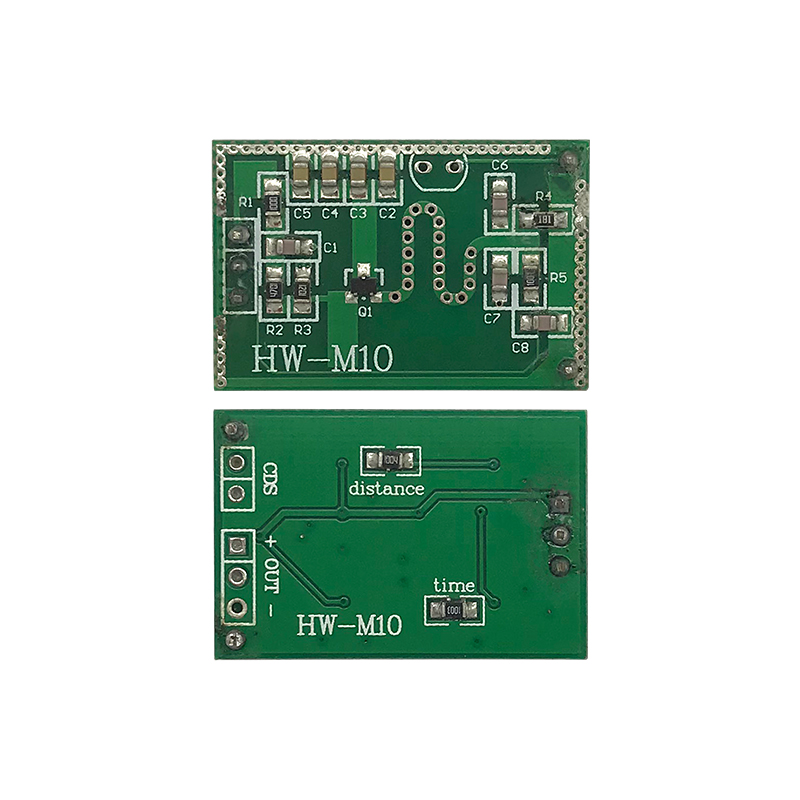 1004,West-CBD,No.139 Binhe Rd,Futian District,Shenzhen, China Post Code:518048
1004,West-CBD,No.139 Binhe Rd,Futian District,Shenzhen, China Post Code:518048
 +86-18682200597
+86-18682200597
 sales@szhaiwang.com
sales@szhaiwang.com
 1004,West-CBD,No.139 Binhe Rd,Futian District,Shenzhen, China Post Code:518048
1004,West-CBD,No.139 Binhe Rd,Futian District,Shenzhen, China Post Code:518048
 +86-18682200597
+86-18682200597
 sales@szhaiwang.com
sales@szhaiwang.com
source:Industry News release time:2022-08-11 Hits: Popular:Infrared sensing module

With the continuous development of telecom networks and broadband access technologies, GPON and EPON have become the mainstream broadband access technologies for operators, and NGPON is gradually moving towards commercial use. In this context, traditional enterprise LANs still use the traditional deployment methods of Layer 2 switches, Layer 3 switches and Category 5 cables. This method is facing emerging enterprise applications such as cloud computing, mass file sharing, mobile office, When it comes to applications such as collaborative communication, it will face huge challenges:
1. The bandwidth is obviously insufficient, unable to meet the traffic demand of the sudden business, which becomes the bottleneck of the business;
With the popularization of cloud computing, the enterprise computing model is undergoing tremendous changes. The traditional multipoint-to-multipoint communication mode between enterprise users and users has been transformed into a point-to-multipoint communication mode between users and the cloud; at the same time, Because the computing is mainly done in the cloud or on the server side rather than locally, the sudden data interaction between the cloud and users has increased dramatically, so high requirements for network bandwidth and delay are put forward.
2. The cost remains high, and a large number of copper wire deployment and repeated investment lead to high network construction costs;
Due to the limited bandwidth capacity and transmission distance of traditional Category 5 cables, a large number of cables and access switching equipment need to be deployed to meet the network coverage problem. Generally speaking, the investment of cables will account for 1/3 to 1/4 of the initial investment of the entire traditional Ethernet network. Moreover, the life of these cables is only 4 to 6 years, which means that the network needs to be rebuilt every 4 to 6 years. In addition to a lot of repeated investment, it will also have a huge impact on the normal operation of enterprises.
3. The energy consumption and space occupation are huge, requiring a large amount of electricity, air conditioning supply and computer room space;
A large number of cables and active access switches not only occupy a lot of indoor space, but also consume a lot of power energy day after day. Moreover, these large numbers of cables and active devices not only consume a lot of manpower in the initial deployment, but also require a lot of manpower input in the later routine maintenance and troubleshooting.
4. Insufficient business support capabilities, WIFI network, voice network, office network, and multiple networks in parallel, resulting in defects in business support capabilities and complex network maintenance;
In the field of enterprise exchange developed from simple data exchange, in the face of the increasingly complex multi-service environment and requirements of today's enterprises, no matter from standard formulation, equipment provision, to system integration and operation and maintenance. Be prepared, it is difficult to achieve a single network to support the entire business. This has created a complex situation in which one network is built for one business within an enterprise, and different networks require different maintenance, which brings a great burden to the enterprise.
In view of this situation, the traditional local area network has been unable to adapt to the development of enterprise network office and business needs in the context of ultra-broadband network. POL passive optical LAN technology is based on advanced GPON networking technology. As the current mainstream access technology, it can support multiple access modes and converged services and support continuous network evolution. It will undoubtedly become the first choice for enterprises to build and transform office networks. And help enterprise customers occupy the technical commanding heights of network construction, and completely release the productivity of enterprise IT.
As the world's leading PON solution provider, Shanghai Bell has deployed more than 190 FTTH networks around the world and has unparalleled experience in the deployment of next-generation access networks. Based on the unique understanding of LAN construction, Shanghai Bell took the lead in launching the POL passive optical LAN solution in China, and successfully implemented it in the headquarters building of a large commercial bank in China, achieving a win-win situation with customers.
Read recommendations:
NTC thermistor for BMS battery pack
Flat head glass sealed thermistor for HNB electronic cigarettes.Infrared sensing module
Popular Recommended Products
PIR Lens 8001-1
2021-12-09PND103F3950FTU101
2021-11-27PIR Lens 8102-4
2021-12-09PIR Lens 8120-3
2021-12-09PIR Lens 2135-1
2021-12-09TP-L80
2021-11-27HW-M10-2 microwave sensor module
2021-12-078308-B PIR lens
2021-12-27PIR Lens RX-23
2021-12-09BISS0001
2021-11-27PIR Lens 8016
2021-12-09What is NTC Open Thermostat
2022-05-26Thermistor structure and classification
2022-04-15Detection principle of pyroelectric infrared sensor
2022-10-18NTC Solves ODN Management Challenges.Human Body Temperature Monitoring Sensor
2023-07-06Surge Current Limiting NTC Thermistors in Switching Power Supplies
2023-05-06NTC temperature control probe used on the wall breaking machine.PIR Module sales
2023-03-08MF52A 100K 3950 NTC Thermistor
2022-08-03Skin surface temperature measurement medical NTC temperature sensor.heating lens Production
2022-09-06NTC sensor for monitoring temperature in gas field
2022-10-10Precautions for the application of NTC in switching power supplies.Infrared digital sensor module
2022-06-09
szhaiwang4@hotmail.com
+86-18682200597
sales@szhaiwang.com